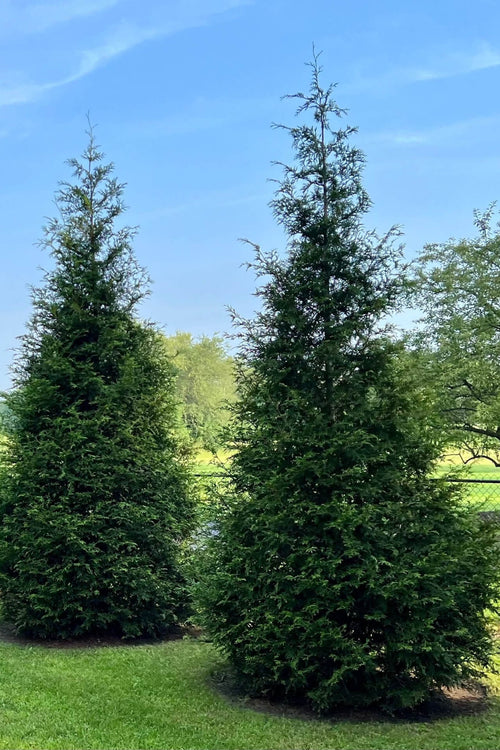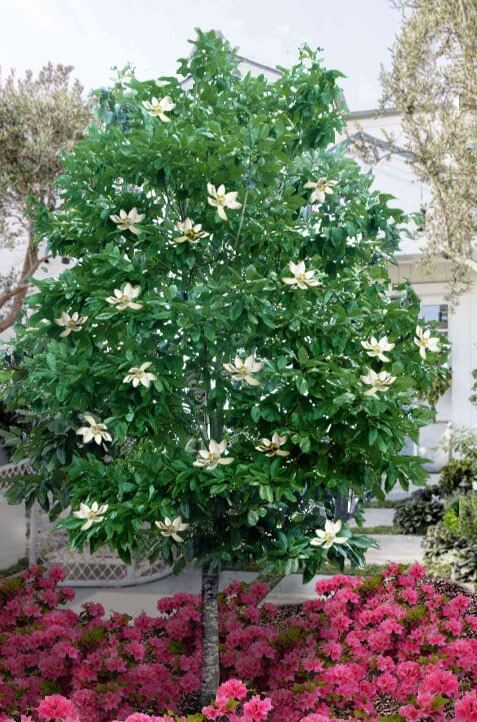How and when to trim evergreen trees
Evergreen trees symbolize the Winter season. Their piney scent and decorative Christmas fern give you warmth all year round.
Whether you have an acre of Evergreens or just a few in your yard, maintaining the upkeep of your Evergreens is essential for a healthy and vibrant tree.
Buy evergreen trees from any well reputable plant nursery.
How To Trim Your Evergreen Tree
The Evergreen trees have a terminal bud on top of the leaf and a fascicular bud towards the bottom. The area in which you should prune (trim) would be the needles that lie between the terminal bud and the fascicular bud. Towards the end of the branch, you will notice the area without needles. This area is not to be trimmed.
At a forty-five to sixty degree angle, cut the outside of the branch collar, leaving the collar to prevent decay. Don't coat the already trimmed leaves unless you are avoiding a disease-carrying insect from rupturing the branch collar. However, some instances are beneficial for dressing a wound that is susceptible to diseases. Cut twelve inches from the trunk and halfway through the underside of the limb. Next, cut through the top limb, just about half an inch past the first cut.
When To Trim Your Evergreen Tree
Your Evergreens should be trimmed and looked after during times of severe weather or when unexpected damage occurs. Cutting during months of dormancy is most common and will result in a burst of flourishing growth during the Spring. Refrain from trimming Evergreens at the end of Summer and beginning of Fall.
That may cause the prematurity within the leaf to be exposed to cold weather, thus killing them off unexpectedly. When learning when to care for your Evergreens, certain Evergreen trees require trimming at specific times of the year.
You may pull some branches back mid to late Spring, and some need cutting in the Summer to maintain a particular size. Evergreen magnolias may be removed when their blooming season is through. That provides growth and development of their ticker crown.
During the Christmas season, minimal trimming provides little to no harm to decorative trees.
Loblolly Pine trees are perfect evergreen privacy fences.
Source of Proper Times and How to Trim your Evergreen Trees
https://www.tnnursery.net




















































